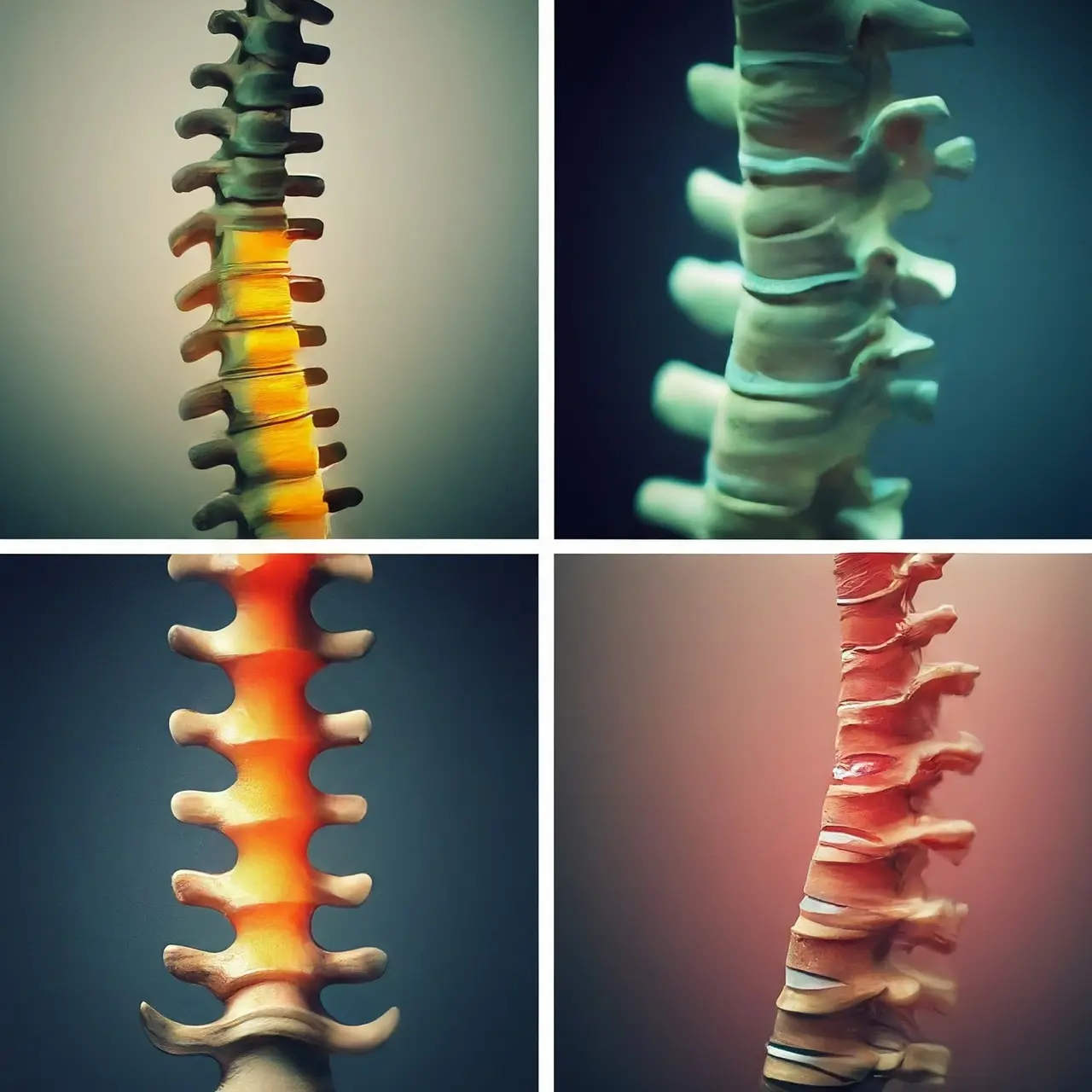Back pain is a common condition that affects most people at some point in their lives. Whether it’s a dull ache or a sharp pain, understanding its causes is the first step towards effective management. In a simple and engaging way, we’ll explore the various factors contributing to back pain, making complex medical terms easy to grasp.
Overview of Back Pain
Almost everyone experiences back pain at some point. It’s a leading cause of disability worldwide, affecting people of all ages. The spine’s complexity, with its interconnecting nerves, muscles, and ligaments, leaves it susceptible to injury.
This condition ranges widely in its severity and duration. For some, it’s a temporary inconvenience, while for others, it becomes a chronic problem impacting daily activities.
Common Causes of Back Pain
The causes of back pain are as varied as they are prevalent. Minor strains to muscles or ligaments are often the culprits, resulting from improper lifting or sudden awkward movements.
Degenerative disc disease is another common cause. As we age, the discs in our spine may lose flexibility and elasticity, leading to discomfort or pain.
Lifestyle Factors Contributing to Back Pain
Lack of exercise weakens the muscles supporting the spine, increasing the risk of back pain. Conversely, a sudden uptick in physical activity can also trigger discomfort.
Excessive weight gain, particularly around the waist, can strain the back, while poor posture, whether sitting or standing, places additional stress on the spine.
Medical Conditions Related to Back Pain
Arthritis, specifically osteoarthritis, can affect the lower back. In some cases, the space around the spinal cord narrows—a condition known as spinal stenosis, which can also cause pain.
Other conditions include scoliosis, a curvature of the spine that can lead to back pain, especially in later years, and various forms of inflammatory diseases that may target the spine.
How Your Work Life Affects Your Back
Jobs that demand heavy lifting, bending, or other physical activities can increase the risk of developing back pain. That said, desk jobs can also contribute, especially when they involve long hours of sitting with poor ergonomic support.
Taking short, frequent breaks to stretch or walk around can help mitigate some of the risks associated with sedentary work environments.
Psychological Aspects of Back Pain
Stress and anxiety can cause muscles to become tense and tight, leading to or exacerbating back pain. Addressing these psychological factors is an important aspect of comprehensive back pain management.
Chronic back pain can also contribute to depression, creating a cycle where pain influences mental health, and mental health, in turn, impacts perception of pain.
When to Seek Medical Attention for Back Pain
If back pain is severe, persistent, or accompanied by other symptoms like fever, weight loss, or weakness in the limbs, it’s crucial to seek professional medical advice.
Additionally, if the onset of back pain follows a traumatic event such as a fall or a car accident, immediate medical attention is advised to rule out any serious injury.
Wrapping Up on Back Pain Causes
Understanding the causes of back pain is crucial in finding the right treatment and prevention strategies. By acknowledging the common and less common causes discussed, you’re better equipped to address your back pain effectively. Remember, it’s important to consult with healthcare professionals for a proper diagnosis and treatment plan suited to your specific condition.


